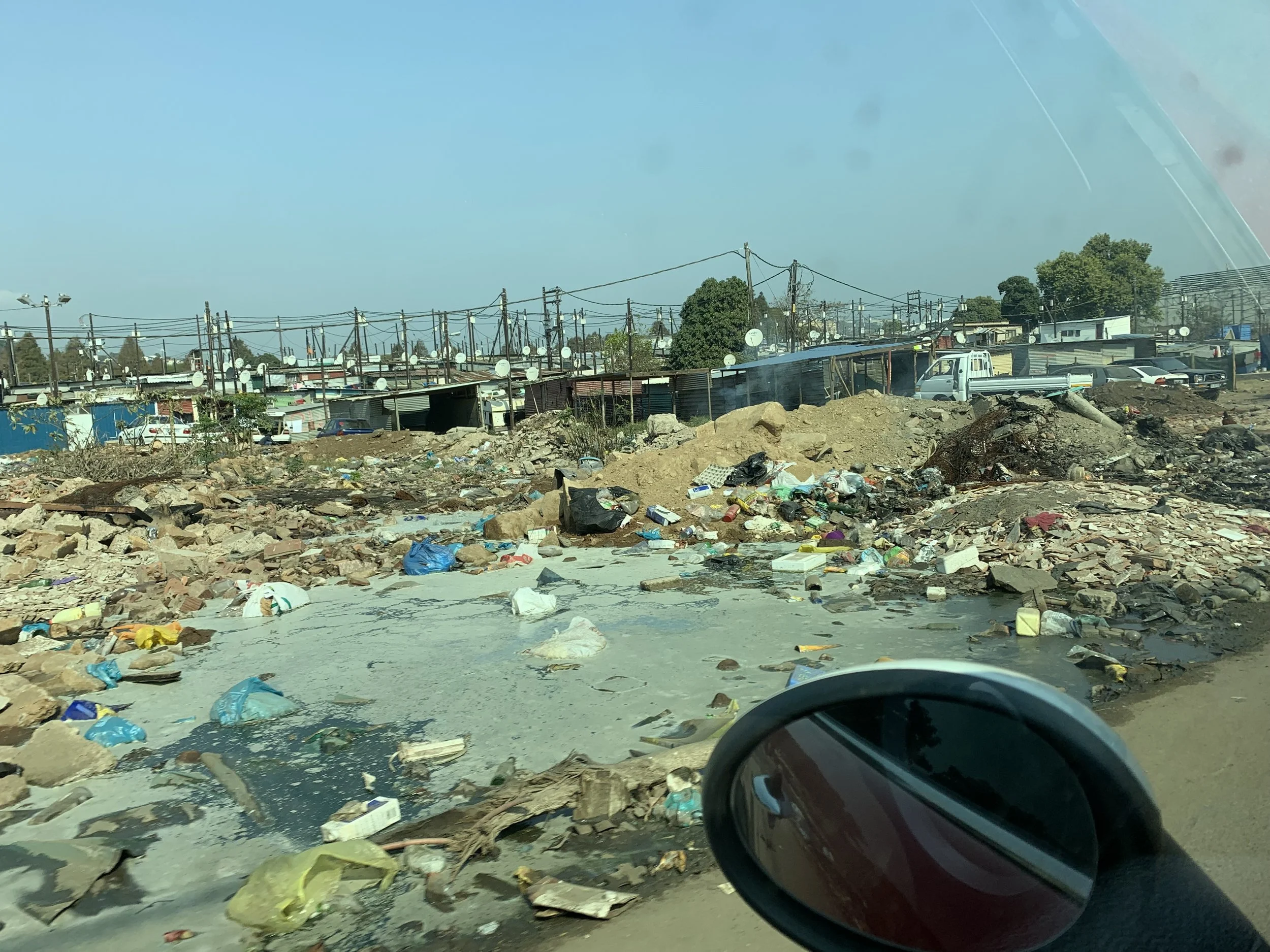About Durban
Durban (Zulu: eThekwini, meaning 'the bay'), is the third most populous city in South Africa and the largest city in the South African province of KwaZulu-Natal.
Did you know: One of the most prominent Islamic think tanks in the world (Madrasah In’aamiyyah Camperdown) is in Durban. A veteran missionary said that if you want to reach Muslims who live in the 10/40 window (where the majority of the world's Muslims, Hindus, and Buddhists live), reaching Durban is crucial.
“Ungizungezile ngasemuva
Nangaphambili
Wabele’ Isandla sakho phezukwami
Ungizungezile ngasemuva
Nanaphambili
Wabele’ Isandla sakho phezukwami”
National Statistics
Durban is ethnically diverse, with a cultural richness of mixed beliefs and traditions. Zulus form the largest single ethnic group. It has a large number of people of British and Indian descent. The influence of Indians in Durban has been significant, bringing with them a variety of cuisine, culture and religion.
In the years following the end of apartheid, there was a population boom as black Africans were allowed to move into the city. The population grew by an annual average of 2.34% between 1996 and 2001. This led to shanty towns forming around the city which were often demolished. Between 2001 and 2011, the population growth slowed down to 1.08% per year and shanty towns have become less common as the government builds low-income housing.
The population of the city of Durban and central suburbs such as Durban North, Durban South and the Berea increased 10.9% between 2001 and 2011 from 536,644 to 595,061. The proportion of black Africans increased while the proportion of people in all the other racial groups decreased. Black Africans increased from 34.9% to 51.1%; Indians or Asians decreased from 27.3% to 24.0%; whites decreased from 25.5% to 15.3%; and Coloureds decreased from 10.26% to 8.59%. A new racial group, "Other", was included in the 2011 census at 0.93%.
The city's demographics indicate that 68% of the population is of working age, and 38% of the people in Durban are under the age of 19 years.
Durban has the highest number of dollar millionaires added per year of any South African city, with the number having increased 200 percent between 2000 and 2014
Crime and safety
As in other South African cities, Durban has a high murder rate. Between April 2018 and March 2019, the Ethekwini Metropolitan Municipality recorded 1,871 murders, gradually increasing from 1,349 seven years earlier and down from 2,042 in 2009.
Heist or theft is a common crime in the city.Most houses are protected by high walls and wealthier residents are often able to afford greater protection such as electric fencing, private security or gated communities. Crime rates vary widely across the city and most inner suburbs have much lower murder rates than in outlying areas of Ethekwini.Other crime comparisons are less valuable due to significant under-reporting especially in outlying areas.
There was a period of intense violence beginning in the 1990s, and the Durban area recorded a murder rate of 83 per 100,000 in 1999. The murder rate dropped rapidly in the 2000s before increasing rapidly throughout the 2010s. Durban is one of the main drug trafficking routes for drugs exiting and entering sub-Saharan Africa. The drug trade has increased significantly over the past 20 years.


